The Russian avant-gardes, with Kazimir Malevich and Wassily Kandinsky as best-known representatives, are making a name for themselves with their radical artistic innovations. They also dedicate themselves to the design of interiors and theater sets, utensils and books. Surprisingly, the avant-garde also turned to the favorite material of the tsars: porcelain. Through this fragile white material we follow the rise and fall of the avant-garde. So much of it has been preserved that porcelain can tell the whole story of the Russian avant-garde like no other.
The former Imperial Porcelain Factory in Saint Petersburg becomes a breeding ground for avant-garde artists. They design new shapes and paint old stocks of plates and bowls with their revolutionary visual language. Influenced by Suprematism, the movement of which Malevich was the founder, mainly geometric figures such as the square, the circle and the rectangle were depicted, with primary colors, white and black. The parallels between the work of the Russian avant-garde and the Dutch artists of De Stijl, founded by Theo van Doesburg, are clear. For Malevich, Van Doesburg and Mondriaan, abstract art was the new direction for the future. The only question is for how long. Because radical art is encountering more and more opposition. Abstraction and experimentation give way to socialist realism, in which the propaganda of the utopian state is paramount. Russian avant-garde | Revolution in art is the book accompanying the eponymous and long-awaited exhibition in the Hermitage Amsterdam, which can be seen from January 2022.

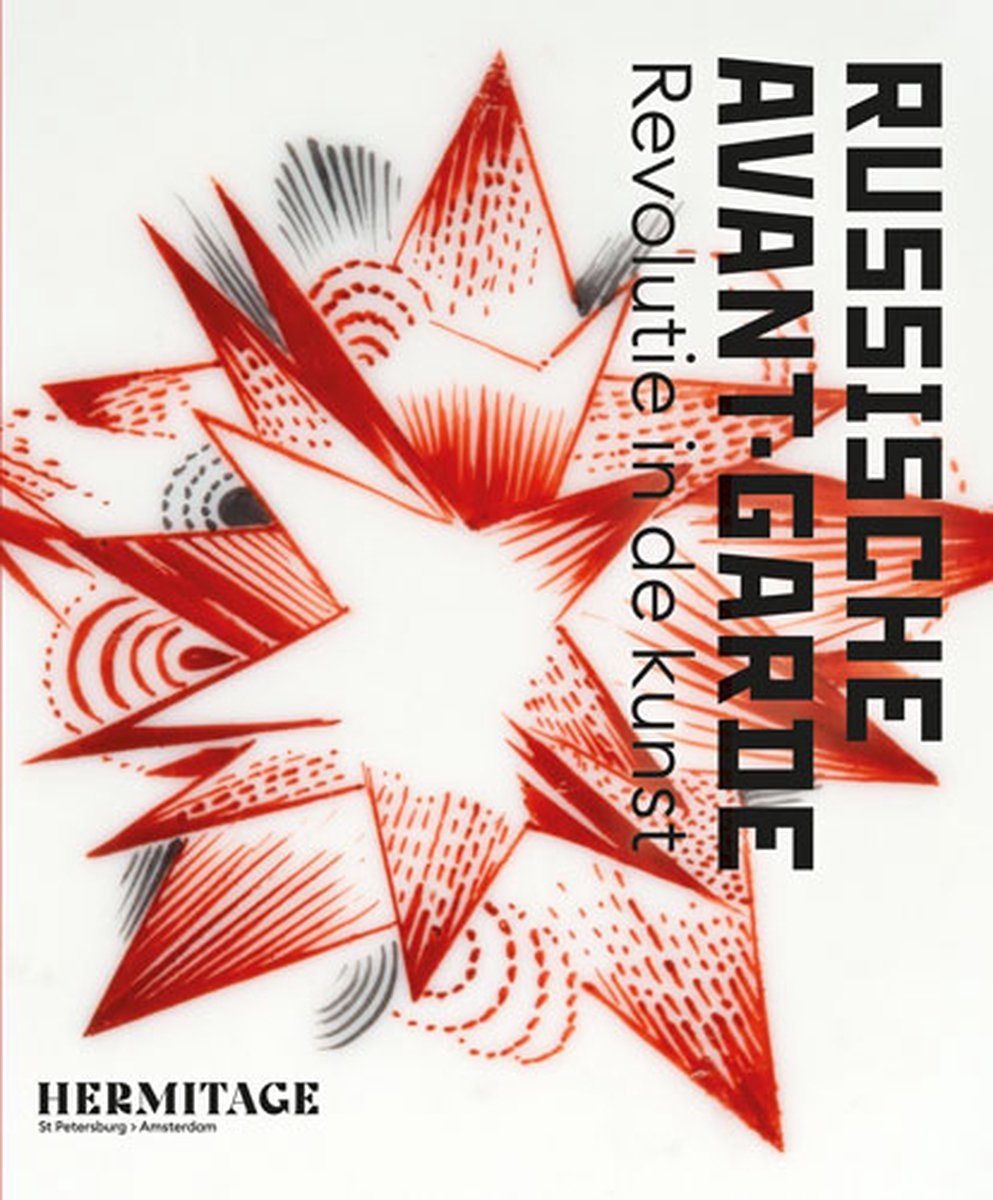

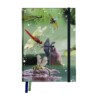

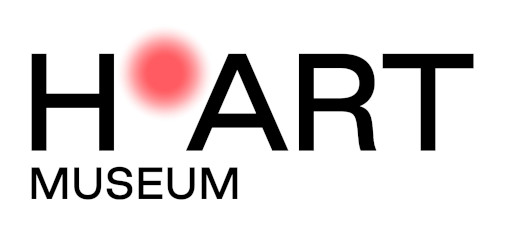


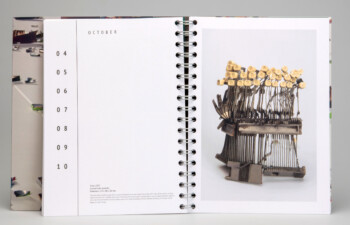

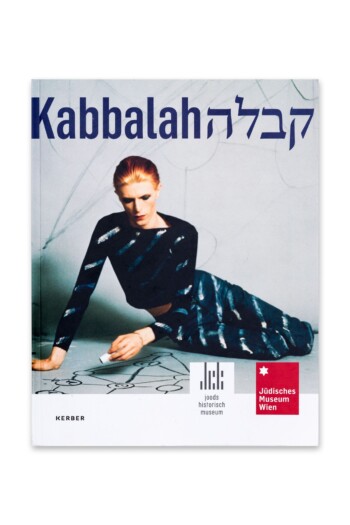
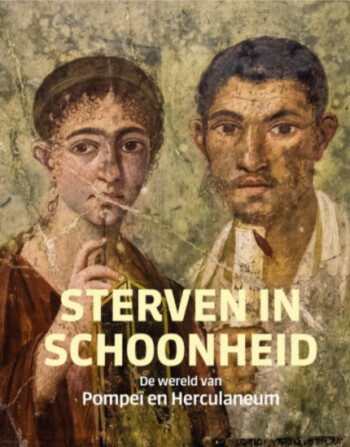

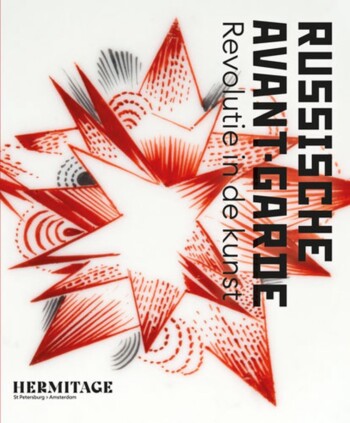
Beoordelingen
Er zijn nog geen beoordelingen.